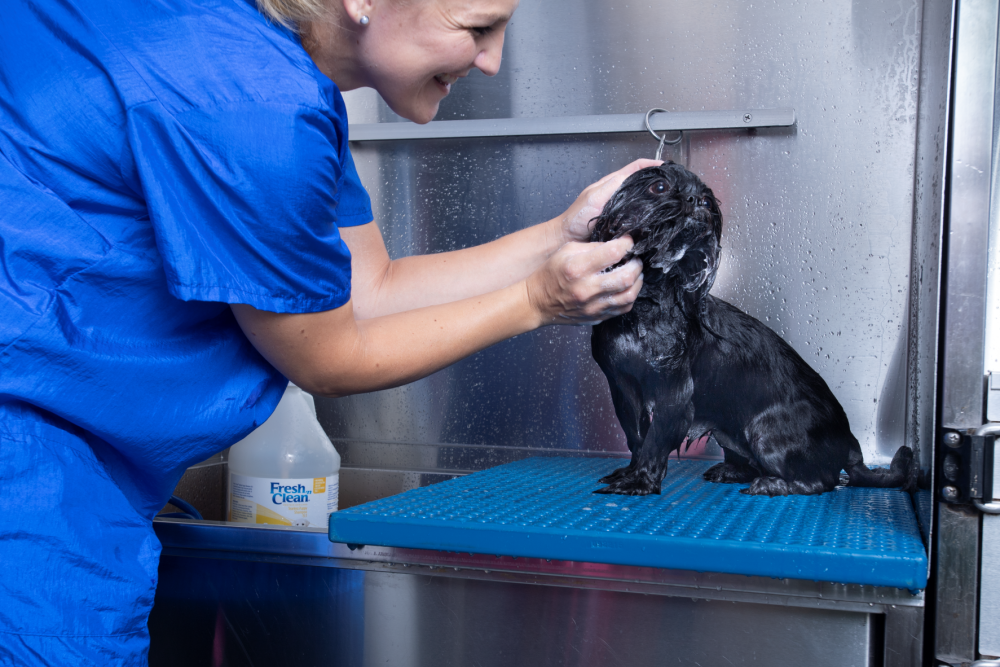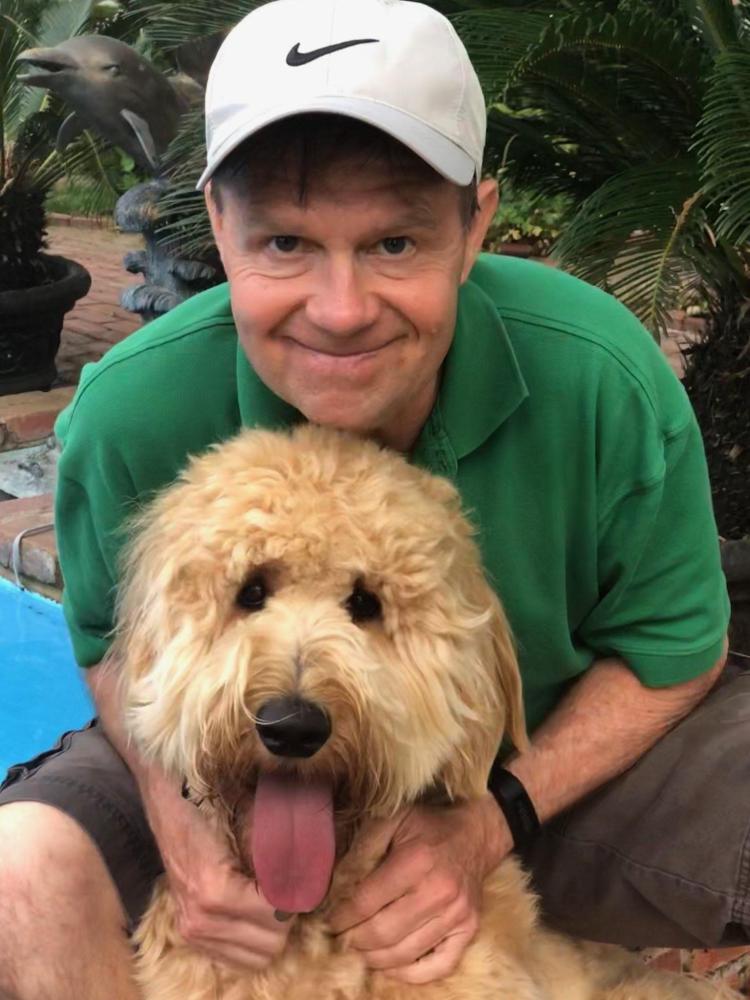
Today?s market is overflowing with retail and professional pet grooming products. As a professional groomer, you must sort through so many options to choose products that effectively deliver cleansing and conditioning ? both vital for the health, hygiene, and safety of the family pet. Fresh ?n Clean? grooming products boast a long-standing history of science and safety for the consumer, groomer, and canine member of the family. Let?s dive deeper into some noteworthy attributes and distinguishing factors! (On desktop, left - On mobile, above: Dr. Dale Sanson with his adorable dog).
A Quick Look Back:
More than 60 years ago, two veterinarians were frustrated when asked by clients of their practice how to cleanse their dogs. With their knowledge of canine skin and hair, they began a novel venture into the pet market that exists today. Very few are aware of the strong scientific foundation of Drs. Lambertson and Julius Kay to provide a safe, professionally developed line of products for family pets. At a time when animal grooming products were not available, their collaborative efforts developed the prestige line of Lambert/Kay shampoos, conditioners, and topical treatments that safely and efficiently removed dirt from canines without stripping away the natural oils. The product line was rebranded to Fresh ?n Clean? in 1979. Pet-Ag, Inc. purchased the brand in 2010 and has since refreshed and expanded the product line. My group continues to strengthen trust with our customers by building upon the science of Drs. Lambertson and Kay through product development backed by science and using systematic discovery to bring high-quality grooming solutions to market.
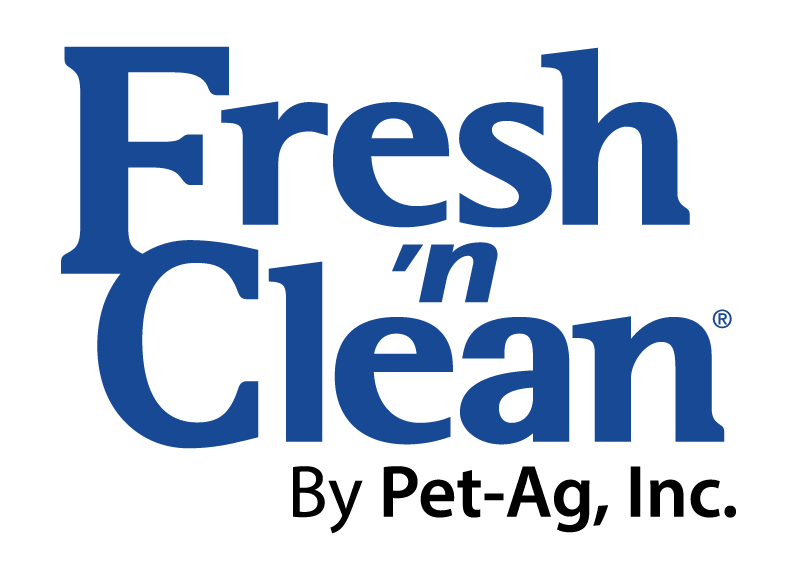
Professional Groomers Need Professional Products:
Professional grooming products are designed as a concentrate to be diluted by a defined amount of water. Upon dilution, the result should deliver sufficient cleansing, conditioning, and fragrance ? so the pet parent is satisfied with a clean, soft, and pleasant-smelling canine.
Minimal Foam Matters: The professional groomer needs minimal foam density that sufficiently cleanses and is easily removed upon rinsing. Mobile groomers with limited fresh water and gray water storage capability are dependent upon a properly formulated shampoo and conditioner concentrate.
Products Optimized for Dilutor Systems: The viscosity (product thickness) is another attribute unique to professional grooming products that allows them to be used in dilution systems. These units are connected to a water source and make use of a hose placed directly into the shampoo or conditioner concentrate. Through venturi action, the concentrate is drawn up through the dilutor and is applied at the dilution rate selected by the groomer. All Pet-Ag grooming products are optimized for these dilutor systems to easily draw up into the units, so the proper dilution rate is delivered. Even if a dilutor system is not being used, Pe-Ag professional products can still be custom diluted per the label instructions using traditional dilution bottles for hand mixing.
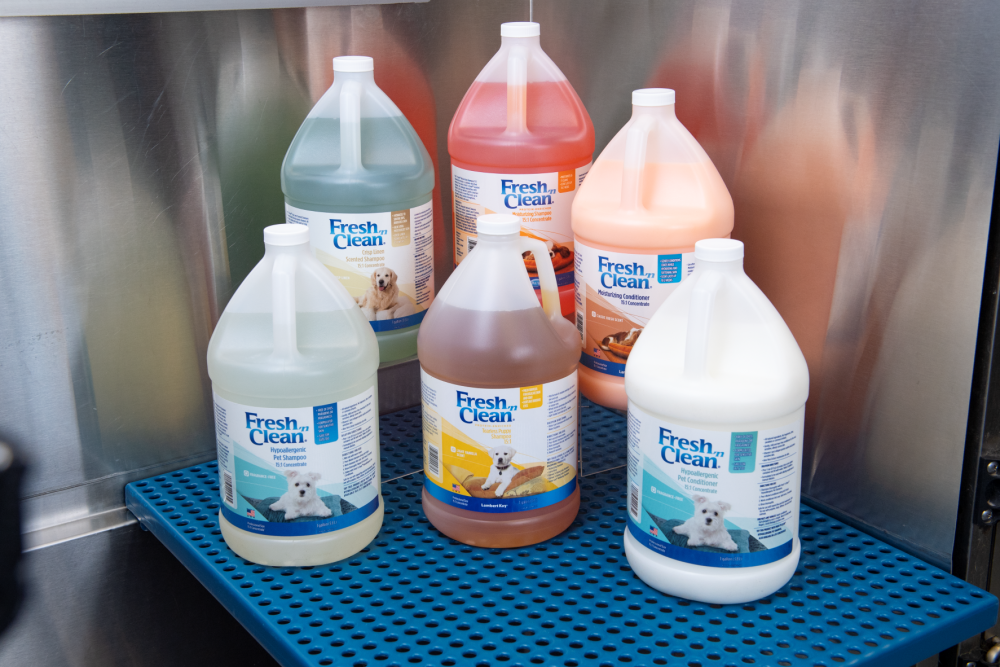
Quality Takes Time? and Chemistry:
Continuing the vision of Drs. Lambertson and Kay, the science of canine skin and coat combined with modern formulation development result in consistent professional products.
Prototype Formulations: In the Pet-Ag Laboratories, several formulation attempts result in what is referred to as a prototype. Formulation studies listed below are conducted prior to manufacturing to ensure the quality of the product prior to commercialization. If the prototype formulation in the early phase of development does not pass one of these tests, it is reformulated and continues this cycle until a quality product is achieved.
Modern aspects of prototype screening in the developmental process include ambient and elevated temperature exposures, freeze/thaw cycling, and UV exposure studies.
Packaging interaction studies are conducted to identify any effects of the prototype with the container that may result in discoloration or label distortion.
Prototype consistency is verified by measurements of the density, pH drift, color, odor, and viscosity (thickness) of the product over time.
The recent addition to the Pet-Ag Grooming line ? 15:1 Hypoallergenic Shampoo and 15:1 Hypoallergenic Conditioner ? took 16 months from concept to commercialization. This methodical testing produces a final product that is consistent and showed no variations in the batches over time.
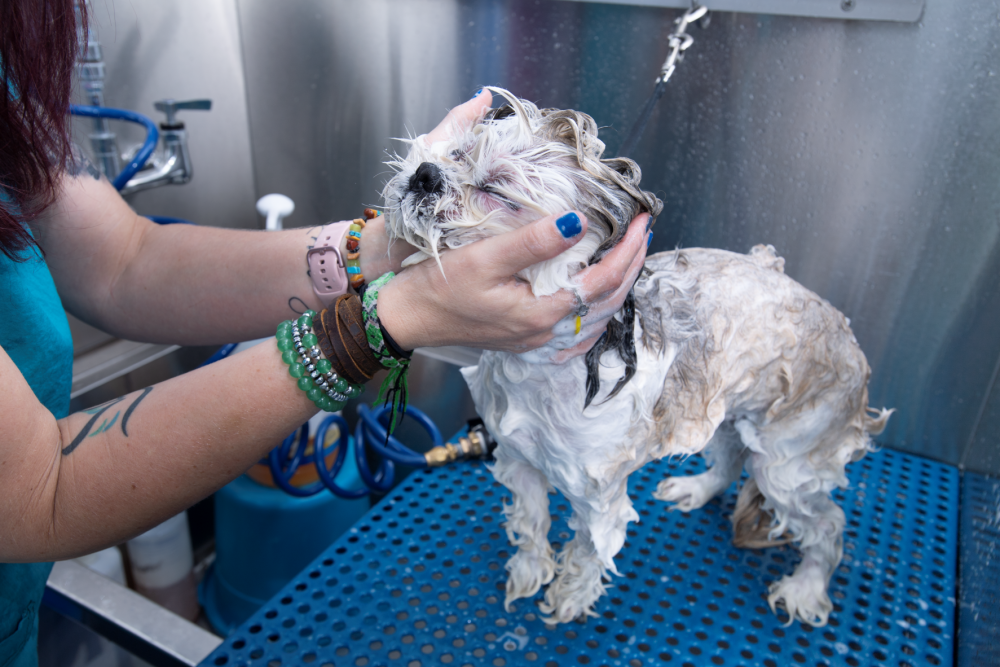
Safety First:
Similar to human personal care products we use in our daily hygiene, animal grooming products are complex combinations of raw materials that need to be prepared properly to avoid skin and eye irritation. It is estimated that the average human is exposed to more than 500 compounds in the products they use during daily self-care rituals. Although such exposures are lower for animals, Pet-Ag keeps these at the forefront of the pet grooming formulation process. The proper choice of cleaners, conditioners, fragrance blends, and preservation agents needs to be combined with the knowledge of each to minimize any issues with the family pet. Allergies are more prevalent with family members, so avoiding raw materials that could trigger adverse reactions comes from experience and working with groomers. Food allergies often manifest in the skin as well, so it?s important to exclude gluten or other common allergens that could trigger adverse effects.
Grooming products are not overseen by governmental agencies, hence, the knowledge and expertise of the formulation chemist and the manufacturer is of key importance to safety. TSCA (Toxic Substance Control Act) and IFRA (International Fragrance Association) are two examples of databases that should be understood by the developer of grooming products.
IFRA is a self-regulating organization that lists compounds found in fragrances and their proper use rates and patterns. Fragrances are used for many assorted products in our daily life. However, not all fragrance blends are safe for topical (skin) use. They are also used in dryer sheets, dish and laundry soap, hard-surface cleansers, candles, and more. Improper fragrance selections in a grooming product ? and at the wrong level ? can cause skin and eye issues in the pet as well as the groomer.
Quality Control + U.S. Manufacturing:
While some companies produce grooming products outside of the United States, all Fresh ?n Clean grooming products are produced domestically in the U.S. Quality control measures and standards begin with the raw materials that are blended during grooming product production and continue through to the finished products.
? Purified Water is the first building block that is produced and maintained according to standard operating procedures.
? Fresh ?n Clean grooming products are manufactured in an FDA-regulated environment, although not required to be produced under FDA conditions. Purified water is monitored for any microbial contamination throughout the process. Lack of this microbial oversight can result in pathogens that may cause skin, eye, and ear infections in the animal. This microbial screening process occurs with the raw materials prior to production. Partnership with raw material suppliers ensures a certificate of analysis (COA) accompanies each component that goes into the final production.
? Product retains from each batch allow for quality control and quality checks throughout the manufacturing process.
? Long-Term Product Stewardship: Although not required, a five-year storage stability study is conducted for each of the Pet-Ag retail/consumer and professional grooming products produced. Samples are analyzed quarterly and inspected for any deviation from the initial quality control standards. This includes color and fragrance which are the most common thresholds of product quality detected by the groomer or consumer. Other analytical methods are applied to the samples during the five-year testing period.
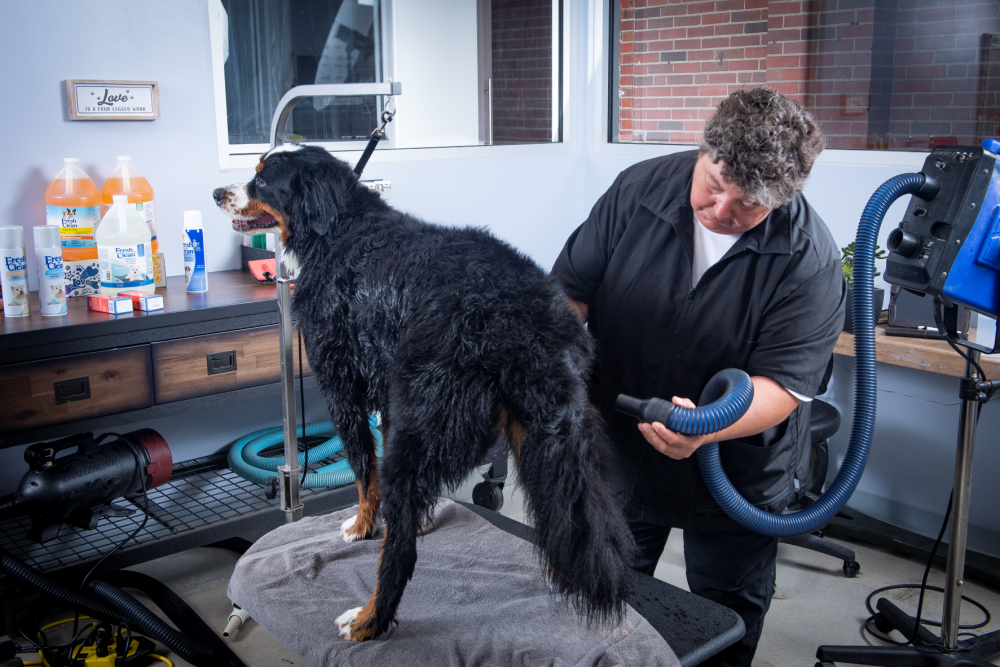
We're Here to Help!
PetAg Fresh ?n Clean grooming products are developed not only with solid science but by animal lovers who have pets of their own. The passion for consistency, quality, safety, and the happiness of the pet is our true satisfaction. As a child, our first introduction to pet ownership was typically a pocket pet such as a guinea pig or hamster. We are developing products for these small animals with the same scrutiny, safety, and science that directs our efforts for the larger animals in our families. Pet-Ag recently developed and launched Fresh ?n Clean Wee Wipes for the youngest puppies and kittens ? with a focus on mildness and sensitivity. Childhood memories often become the foundation for many professional groomers.
Grooming products are only good when they can safely solve the problem of professional groomers. Our attendance at the regional and national grooming shows allows for Pet-Ag?s technical team to interface directly with groomers. Conducting training sessions in the education blocks at these trade shows broadens groomers? understanding of the complexity of grooming products and helps them be better informed to make proper product selections.
PetAg will continue to use heart and science to develop innovative grooming products for both consumers and professionals alike.
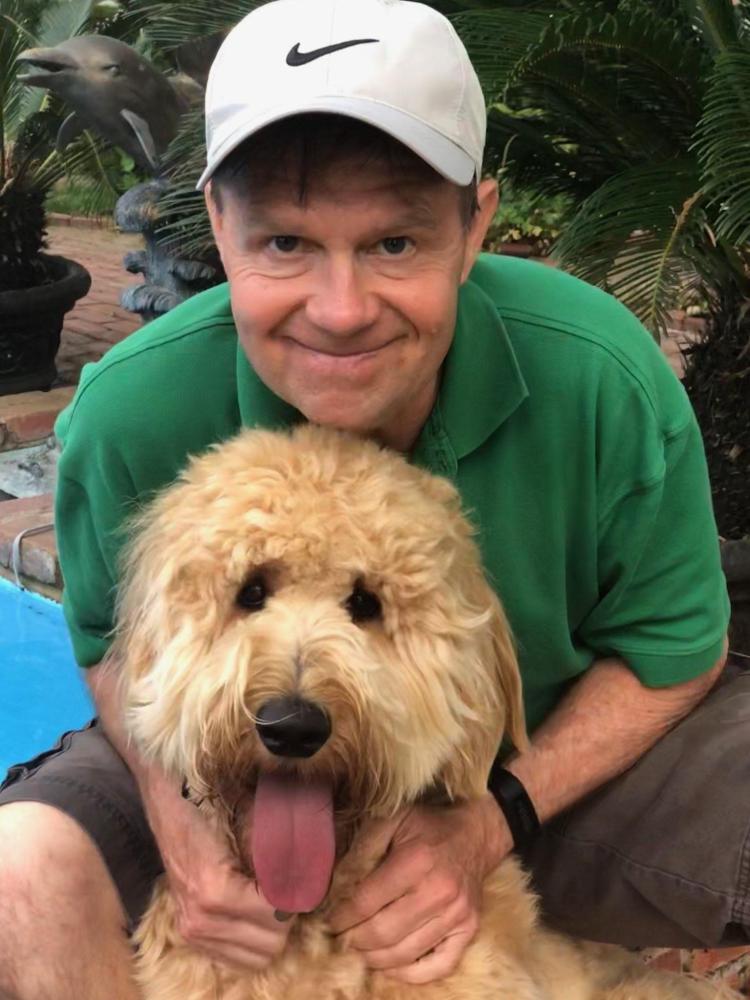
Dale R. Sanson, PhD., MBA
Dr. Dale Sanson has been a Formulation/Organic chemist for 30+ years and is the Senior Director of Formulation Development and Compliance Chemistry at Pet-Ag, Inc. for the Fresh ?n Clean? line of grooming products ? specializing in new product development and stability determination. Dale obtained his doctorate at the University of Missouri, Columbia. He also holds BS degrees in Chemistry and Counseling Psychology, as well as an MBA in Management. Dale serves on the board of directors for the WPA Grooming Credentialing Program, and he is a member and acting Secretary for the St. Louis Chapter of the Society of Cosmetic Chemistry.

